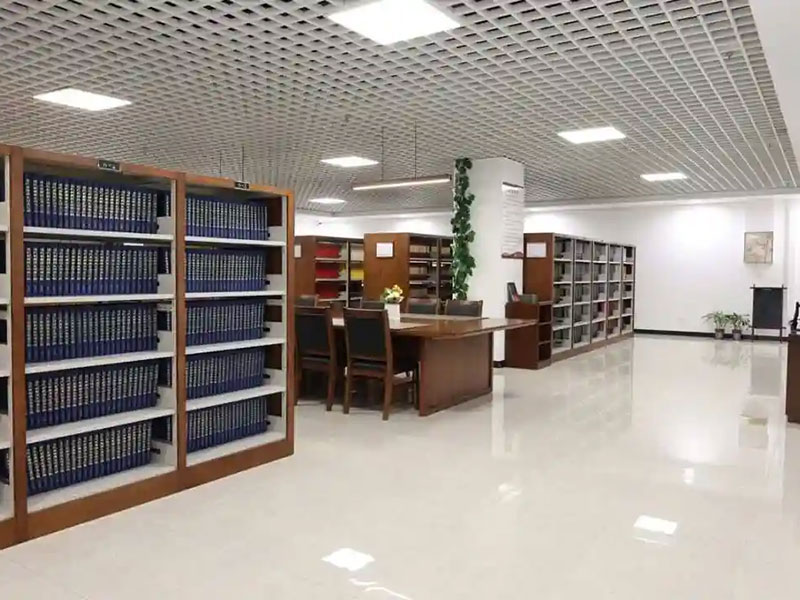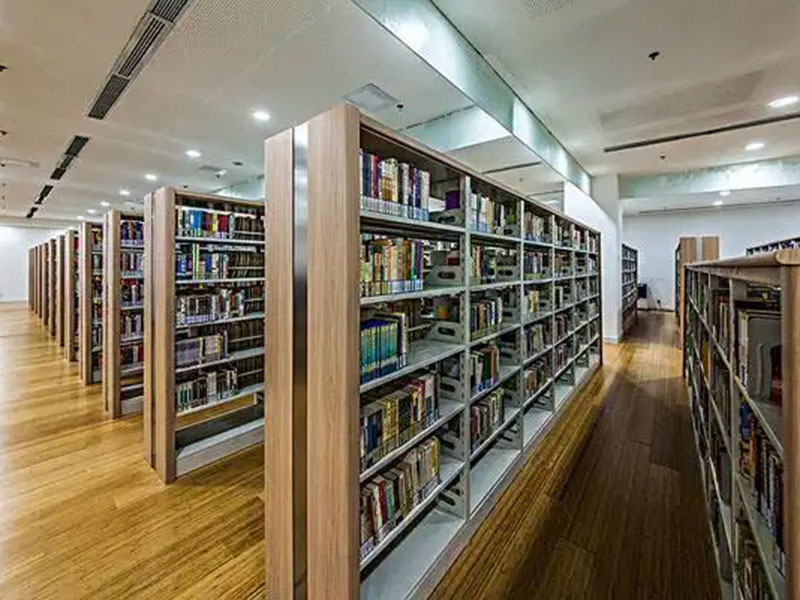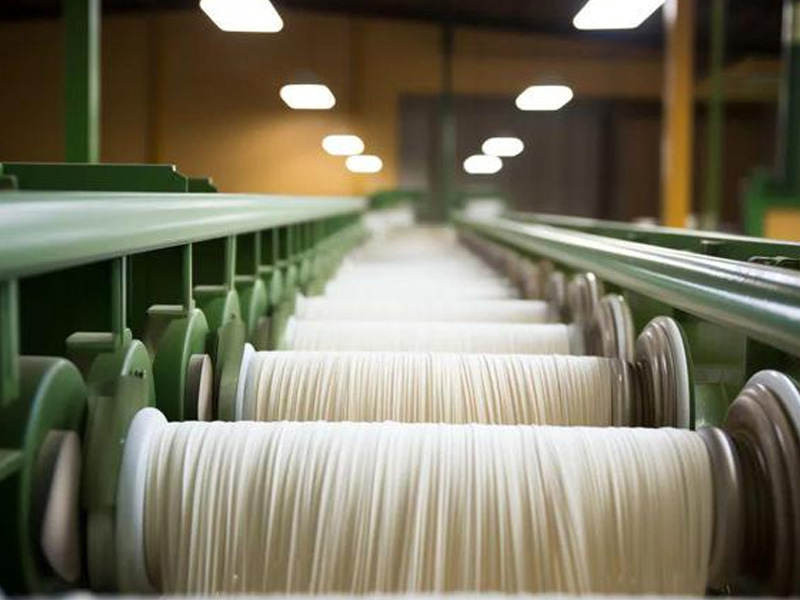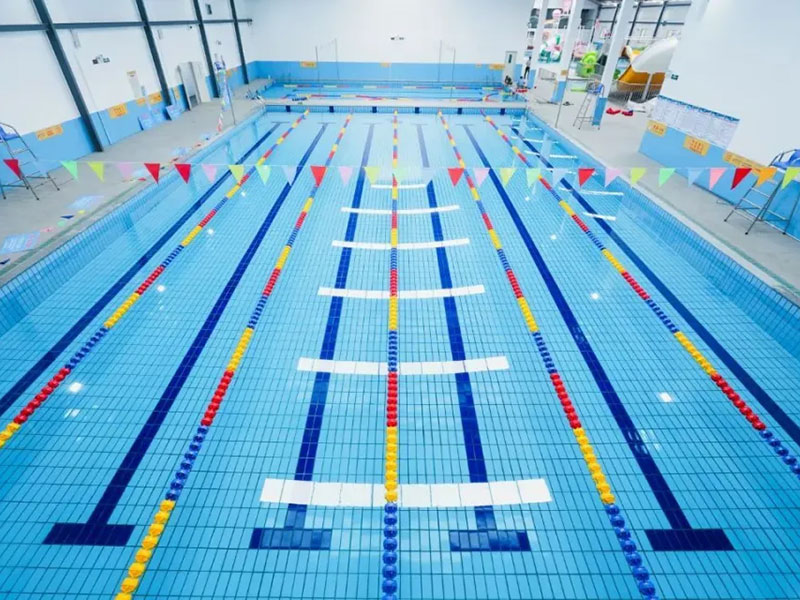Archives And Libraries
Maintain a low humidity environment to extend the shelf life of archives, books and documents.


Humidity/Process Requirements
Target Humidity Range: 40~50% RH
Challenges
Archives and libraries store valuable and often irreplaceable items such as documents, books, photographs, and artifacts. Fluctuating or excessive humidity levels can cause significant damage:
Paper Degradation: High humidity leads to dampness, warping, and the growth of mold or mildew, while low humidity causes brittleness and cracking.
Fungal Growth: Moist conditions promote the growth of mold and fungi, which can destroy books and paper materials.
Ink and Dye Fading: Prolonged exposure to improper humidity accelerates the fading of inks, dyes, and pigments on paper and fabric.
Structural Damage: Wooden shelving, furniture, and storage cabinets can warp, crack, or rot due to inconsistent humidity levels.
Solutions
Rotary dehumidifiers offer a reliable solution for maintaining optimal storage conditions:
1. Prevent Paper Damage:
Maintains stable humidity levels to prevent warping, dampness, and brittleness in paper and books.
2. Inhibit Mold and Mildew Growth:
Keeps humidity low enough to prevent fungal growth, ensuring long-term preservation of valuable materials.
3. Protect Inks and Dyes:
Controls moisture to prevent ink and dye fading, maintaining the integrity of written and printed materials.
4. Preserve Wooden Structures:
Stabilizes humidity to protect shelving, cabinets, and other wooden elements from warping and decay.
5. Energy-Efficient Preservation:
Advanced rotary dehumidifiers ensure efficient operation while maintaining ideal conditions for large and small archives.
Rotary dehumidifiers are a vital tool in archives and libraries, ensuring the long-term preservation of valuable materials and creating a safe, stable environment for storage.








